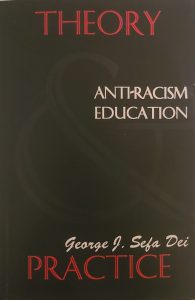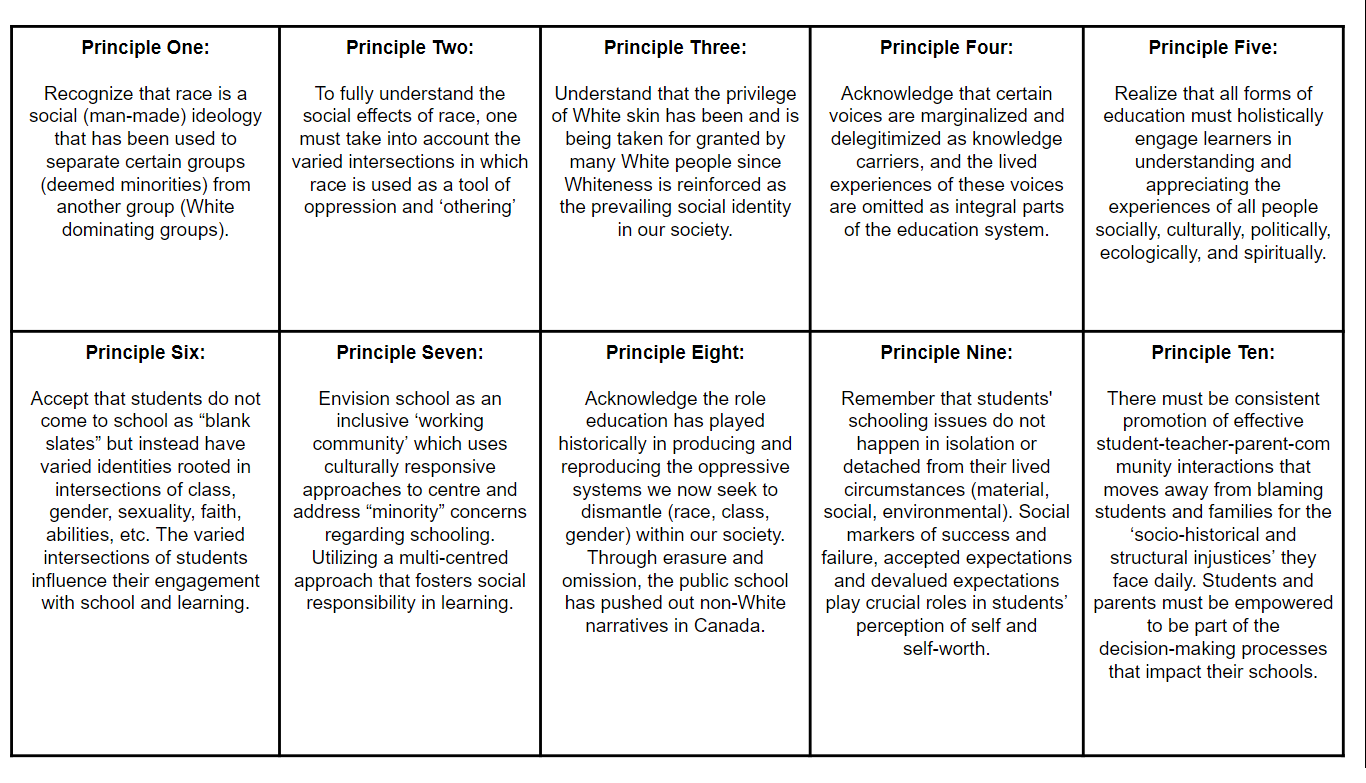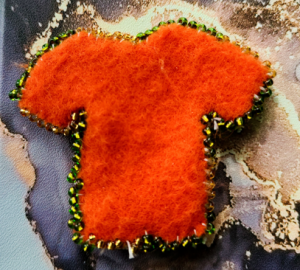“A bill put forward by Senator Mary Jane McCallum to recognize National Ribbon Skirt Day has received Royal Assent and is now an act of parliament. McCallum was inspired to create the bill after a young Saskatchewan girl named Isabella Kulak was shamed for wearing a ribbon skirt during a formal school event” (Francis, 2022).
Bill S-219 was passed to create awareness and provide an opportunity for Canadians to learn more about the importance of Ribbon Skirts to many Indigenous cultures and heritage. “National Ribbon Skirt Day will provide an opportunity for everyone in Canada to recognize, learn about, and celebrate the importance of Indigenous traditions and expressions of culture. The Ribbon Skirt is one such tradition” (Crown-Indigenous Relations and Northern Affairs Canada, 2022).
In Indigenous communities, “Ribbon skirts are traditionally worn in ceremonies and during special events by First Nations women and represent the person’s identity, unique diversity and strength. Women, girls and gender diverse people also wear them to express pride and confidence in their Indigenous identity and heritage.” (Crown-Indigenous Relations and Northern Affairs Canada, 2022).
According to the article by CBC News, A young Saskatchewan girl by the name of Isabella Kulak was targeted and shamed at a school function for wearing a ribbon skirt to the school’s formal event. A teaching assistant told Isabella that her attire did not meet the requirements of ‘formal wear’ and that she should have worn a store-bought (mass-produced brand) to fit with the other students. Unfortunately, in Canada, this oppressive dialogue is not uncommon in the interactions of many racialized and marginalized people groups who choose to honour their culture or religion through their attire. According to Francis, 2022, while speaking at an interview On CBC Radio One, Isabella mentioned that on January 4, she would wear her ribbon skirt. She said, “It makes me really happy because lots of people can now wear their ribbon skirts proudly. I hope they are now proud of who they are” (Francis, 2022). Isabella’s father (Chris) mentioned that “No child should be treated like that regardless of where they come from or who they are” (Francis, 2022).
The passing of this bill is an opportunity for us as educators to gain deeper insight into the importance of traditions and practices in Indigenous culture. It is also a challenge for us to pause and think about what we deem ‘formal’, ‘proper’ or ‘acceptable’ as it has to do with how our students express themselves through their attire or nonconformity to what attires we think they should wear.
Louise Jocko of Birch Island near Manitoulin said, “Each person has their own story behind their skirts. Each person has their own colours that they bring with them when they make the skirt. I think it really does bring about the resiliency, and it shows the strength in our people that we’re reclaiming that culture and identity … wearing these skirts” (Gemmill, 2023).
There is still so much for us to learn, unlearn, and relearn. As we continue to work together to advocate for equitable learning practices and environments for all students, it is imperative that we all understand the importance of Bill S-19 in combating racism, discrimination, and oppression in all spheres, especially as it pertains to raising awareness of and celebrating Indigenous ways of knowing and being.
References
Crown-Indigenous Relations and Northern Affairs Canada. (2022, December 21). Bill S-219, an Act respecting a national ribbon skirt day, receives Royal Assent. Canada.ca. Retrieved January 1, 2023, from https://www.canada.ca/en/crown-indigenous-relations-northern-affairs/news/2022/12/bill-s-219-an-act-respecting-a-national-ribbon-skirt-day-receives-royal-assent.html
Francis, J. (2022, December 23). National Ribbon Skirt Day bill passed, to be celebrated on Jan. 4. CBC News. Retrieved January 1, 2023, from https://www-cbc-ca.cdn.ampproject.org/c/s/www.cbc.ca/amp/1.6694428
Gemmill, A. (2023, January 4). Marking 1st-ever National Ribbon Skirts Day in Northern Ontario | CBC News. CBCnews. Retrieved January 4, 2023, from https://www.cbc.ca/news/canada/sudbury/marking-ribbon-skirt-day-sudbury-1.6702580
Lambert, A. (2020, July 1). Crazy Hair Day. Crazy hair day. Retrieved January 4, 2023, from https://heartandart.ca/crazy-hair-day/



